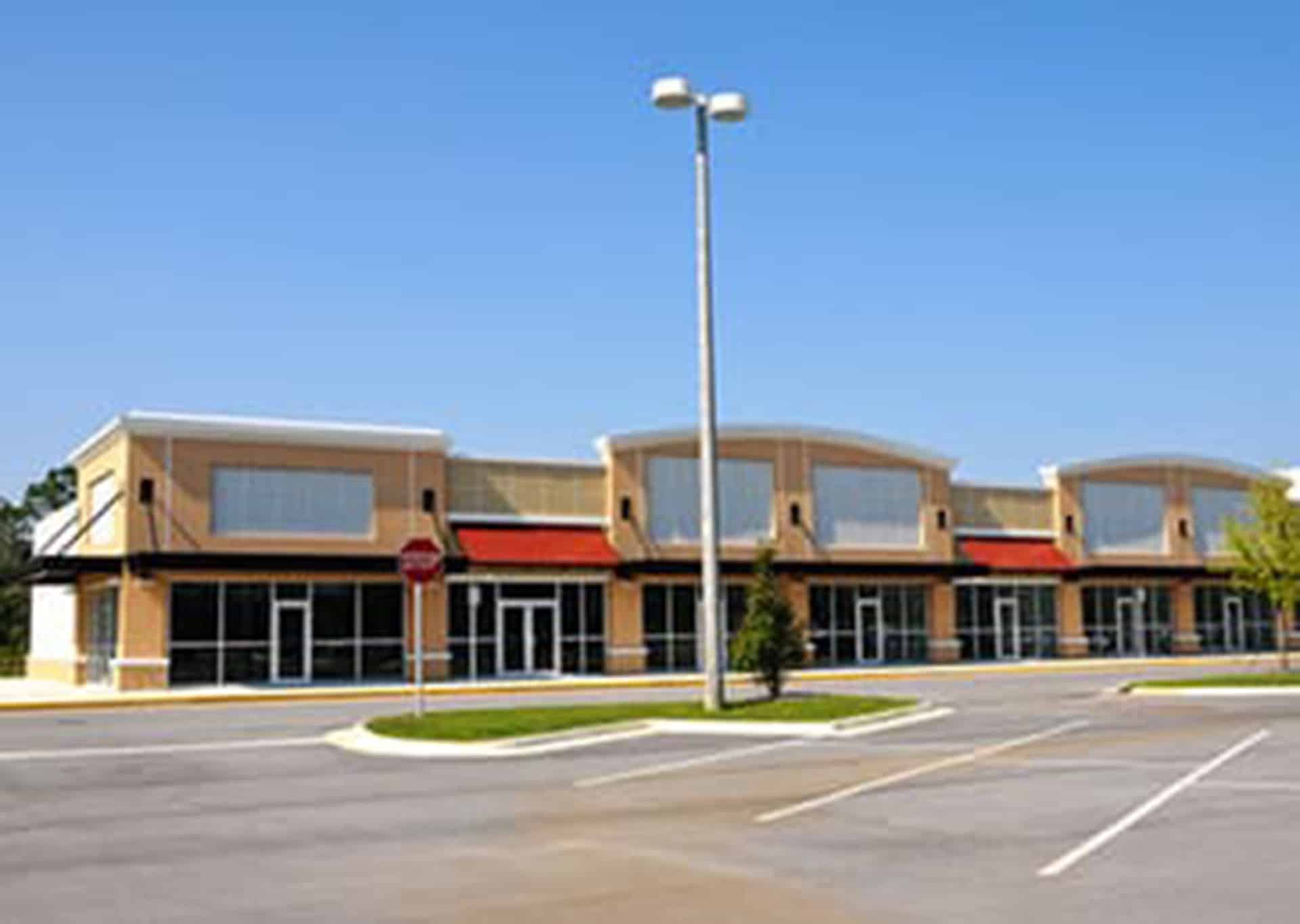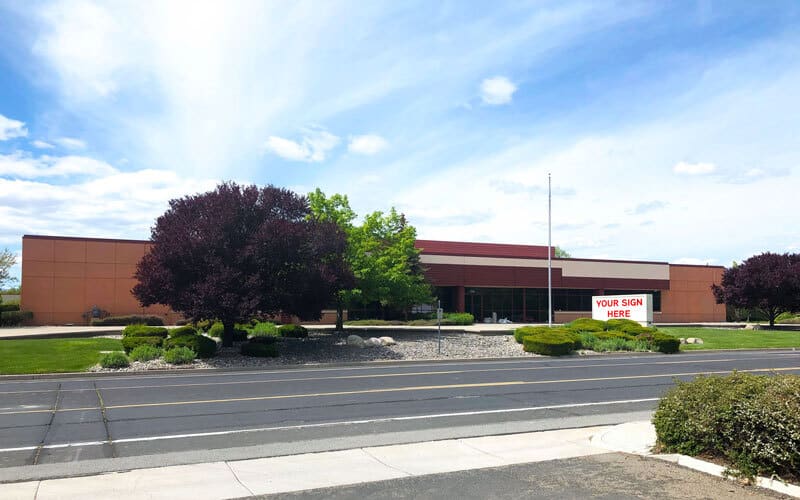What makes a retail property a winner and another a costly mistake? If you’re looking to invest or explore commercial retail property, this question is more relevant than ever.
Retail properties can generate steady income, offer tangible assets, and hold strong appreciation potential. But it needs smart investment, and it starts with knowing what to look for.
So, if you’re looking for ways to evaluate retail property investment, this blog will help you invest confidently.
| Need help with retail investments? Schedule your Appointment today! |
5 Ways To Evaluate Retail Property Investment Opportunities
Here’s how you can evaluate property investment opportunities –
Consider The Tenants And Lease Agreements
Tenants are the financial core of any retail property. To understand how secure your rental income will be, it is important to look at who your tenants are and how strong their businesses are. Well-known brands often provide more financial stability, pay rent on time, and renew leases.
In addition to assessing the lease structure, you must also evaluate the –
- Renewal options
- Length of the lease term
- Escalation clause (annual rent increases)
- Who is responsible for property expenses, such as taxes, insurance, and maintenance
You should review tenant diversity, as it helps mitigate risks. If one tenant leaves, others can help maintain cash flow.
Understand The Local Market
The performance of retail property is heavily shaped by the neighborhood and the broader trade area it serves. Hence, it is important to understand the market conditions. This includes studying the demographics, such as –
- Age distribution
- Population growth
- Household income
- Consumer spending patterns
In addition to these, you must also consider local infrastructure developments, employment hubs and complementary commercial activity. Properties located in growth corridors or revitalized urban districts often experience increased foot traffic and tenant demand.
Check Access And Visibility
The success of retail often hinges on one simple principle: can people easily find and get to the property? Good accessibility – both for vehicles and pedestrians – is a great advantage. Always consider –
- Nearby traffic volume
- Ingress and egress points
- Proximity to intersections or highways
Also, visibility is equally important. This is best for impulse-driven retail, like fast food, convenience stores, or service-oriented businesses. A signage or road frontage is more likely to draw attention from passing traffic and attract walk-in customers.
Note: Ensure that the signage complies with municipal regulations.
Know The Competition Nearby
Knowing the nearby competition helps you evaluate the retail property’s growth potential. If there are high vacancy rates, the demand is weak, while a fully leased center indicates a healthy market. Also, consider what differentiates the property –
- Does it have anchor tenants that draw consistent traffic, such as a grocery or pharmacy?
- Does it offer better parking, new construction, or more attractive tenant spaces than competitors?
If you see a similar property losing its tenant, understand WHY, and whether your prospective investment could face the same issue. It is also important to understand the saturation level of certain retail formats. It helps prevent overexposure to tenants in declining or highly competitive markets.
Inspect The Property And Future Potential
Consider inspecting the property while being physically present. Start by assessing the age and condition of the building, roofing, HVAC systems, and parking areas.
Deferred maintenance can quickly add up, eating into projected returns. In addition, consider how adaptable the property is to changing tenant needs. Moreover, think about the long-term potential if the property could be re-tenanted with higher-paying tenants.
Properties located in rezoning areas or within opportunity zones may offer additional value through expansion or redevelopment.
| Want to know if that retail property is a smart investment? Call Us! |
Metrics Used For Evaluating Retail Property Investment Opportunities
Here are the metrics used to evaluate retail property investment opportunities –
Location Of The Property
Location is one of the most critical factors used to evaluate retail property investment opportunities in NV. It directly influences foot traffic, customer access routes, and neighboring retail activities. As an investor, you must evaluate the physical address and the trade area it serves when assessing the location.
A retail site near high-growth corridors offers more visibility and stable consumer demand. Some of the important considerations include –
- Future development plans by local municipalities
- Daily traffic volume (e.g., proximity to I-580 or US 395)
- Presence of anchor tenants or national retailers in the vicinity.
- Demographic and disposable income levels in surrounding neighborhoods.
A well-placed asset in a high-visibility, consumer-convenient area supports stronger lease rates, boosts tenant retention, and positions your investment for long-term growth.
Size Of The Retail Property’s Gross Leasable Area
In Northern Nevada, understanding the size of the real property is helpful for tenant fit and income stability. The size, measured as Gross Leasable Area (GLA), determines the rental footprint and operational flexibility, in addition to tenant variations.
- Small-footprint properties (2,000-10,000 sq. ft.) are best for single-tenant users like banks, drive-thrus, quick-service restaurants, etc.
- Mid-size to large retail sizes (20,000-100,000 sq. ft.) can accommodate multiple tenants, including anchor tenants and service-based retailers.
Scalability is a competitive edge – hence, larger sites in emerging trade areas, such as North Valleys or Fernley, may offer lower entry pricing with upside potential.
NOI (Net Operating Income)
Net Operating Income helps assess the property’s core profitability. It reflects the income generated from operations before financing and taxation. It is a leading indicator of performance in markets like those where investor demands are high and cap rates are tightening.
NOI = Gross Rental Income – Operating Expenses
Operating expenses include –
- Insurance
- Real estate taxes
- Property management
- Maintenance and utilities
Tripe-net (NNN)is a very common lease structure in Northern Nevada, especially in STNL properties. It allows owners to preserve NOI by passing many costs to the tenant. A strong and upward-tending NOI suggests stable tenancy and effective lease structuring, crucial when competing in tight, fast-developing submarkets like Damonte Ranch or Legends in Sparks.
Capitalization Rate (CAP Rate)
The capitalization rate expresses the relationship between a property’s NOI and its market value – essentially, your expected unleveraged return. In Northern Nevada, cap rates for well-located retail assets usually range between 5.5% and 7.5%, influenced by tenant strength, lease term, and location.
Cap Rate = NOI ፥ Property Value
A lower cap rate usually means –
- Higher perceived asset quality
- National credit tenants and longer lease duration
- Prime location (e.g., Midtown Reno or South Meadows)
Higher cap rates, often seen in tertiary areas, can suggest more risk but greater yield potential. It is essential to evaluate cap rates within the local context – a 7% cap in Fernley might outperform a 5.8% cap in central Reno when paired with a value-add strategy.
Cash-On-Cash Return
Cash-on-cash return is relevant for leveraged investors, providing a clear view of how efficiently your equity is generating income. It considers the actual cash flow after debt service, which offers a grounded viewpoint for those using financing to purchase retail properties.
Cash-on-Cash Return = Annual Pre-Tax Cash Flow ፥ Total Equity Invested
For example, if you invest $750,000 in equity and earn $60,000 in annual pre-tax income, your return is 8%.
This is valuable when lenders remain active, and investors often use conservative leverage to preserve cash flow. It gives clarity on near-term performance and helps compare projects in areas with different cost bases and leasing dynamics.
Takeaway
Smart retail property investing means you have to look beyond the basics. Understanding the factors and metrics that drive the value can help you make confident and informed decisions. Areas like Northern Nevada have strong potential for investment, so now is a great time to explore smart retail property investments.
| Ready to assess retail investments? Contact Us Now! |
Don’t Let The Valuable Opportunity Pass – Get In Touch With Robert M. Skinner Now!
With 20 years of experience in the real estate industry, we help you find the best properties for Retail Property Investment in Northern Nevada. We are licensed and put our clients first, which makes us the most trusted realtors.
Call Us to book an appointment.



